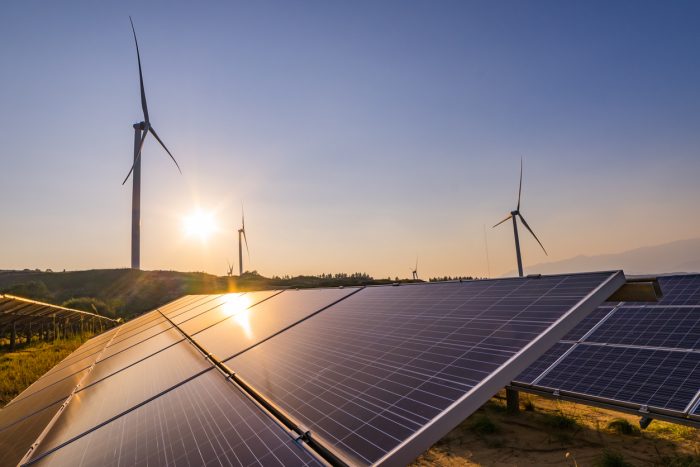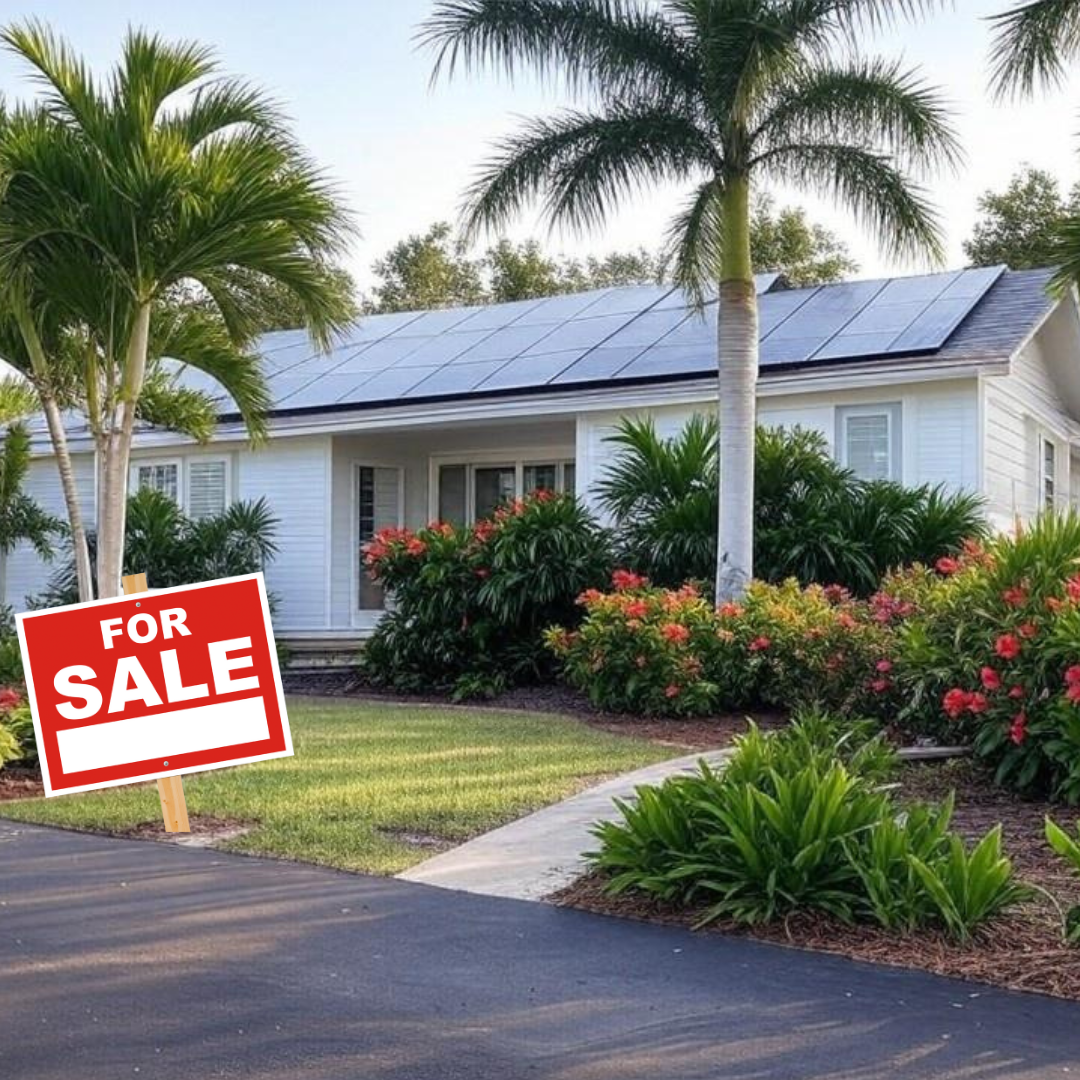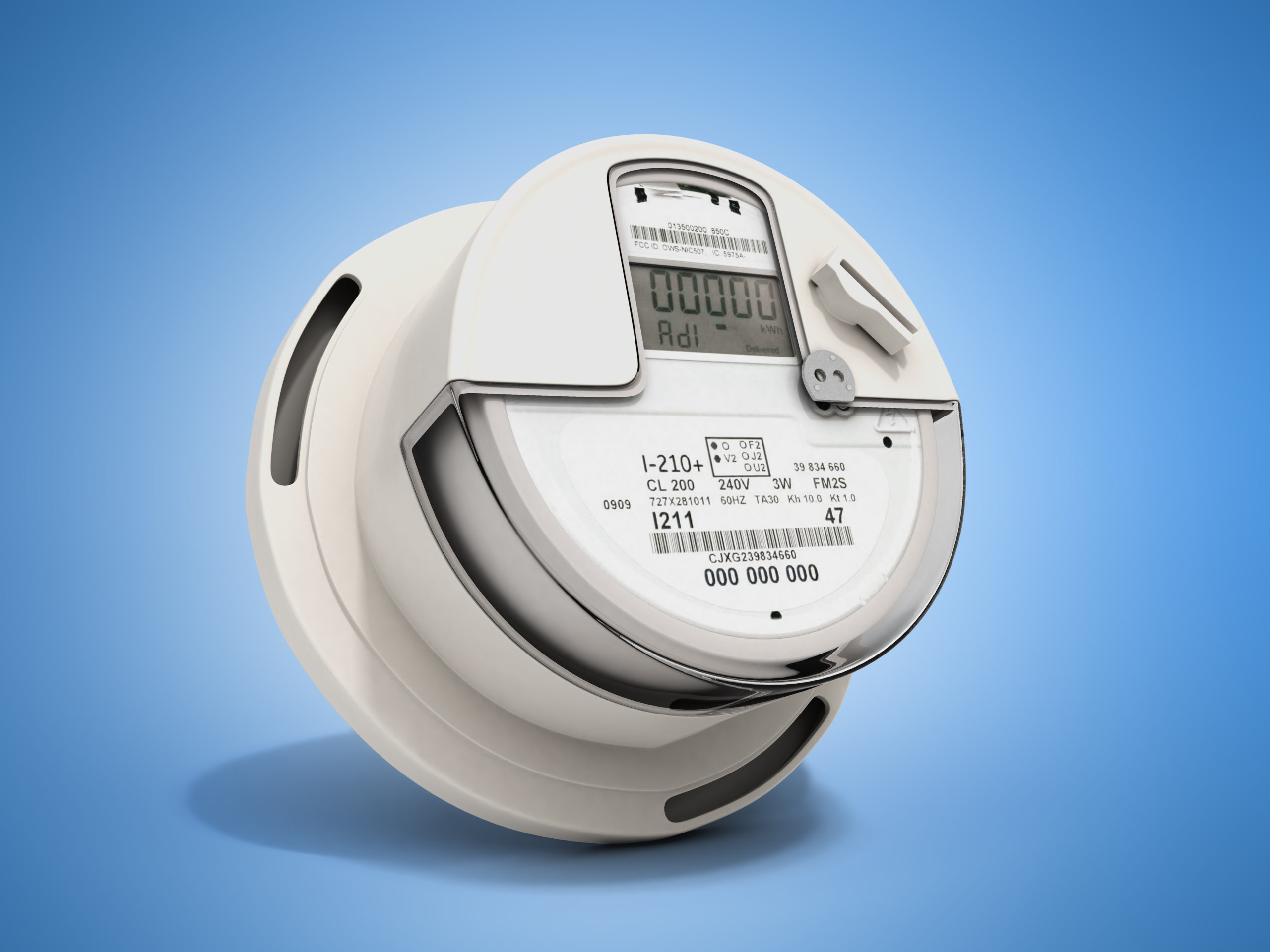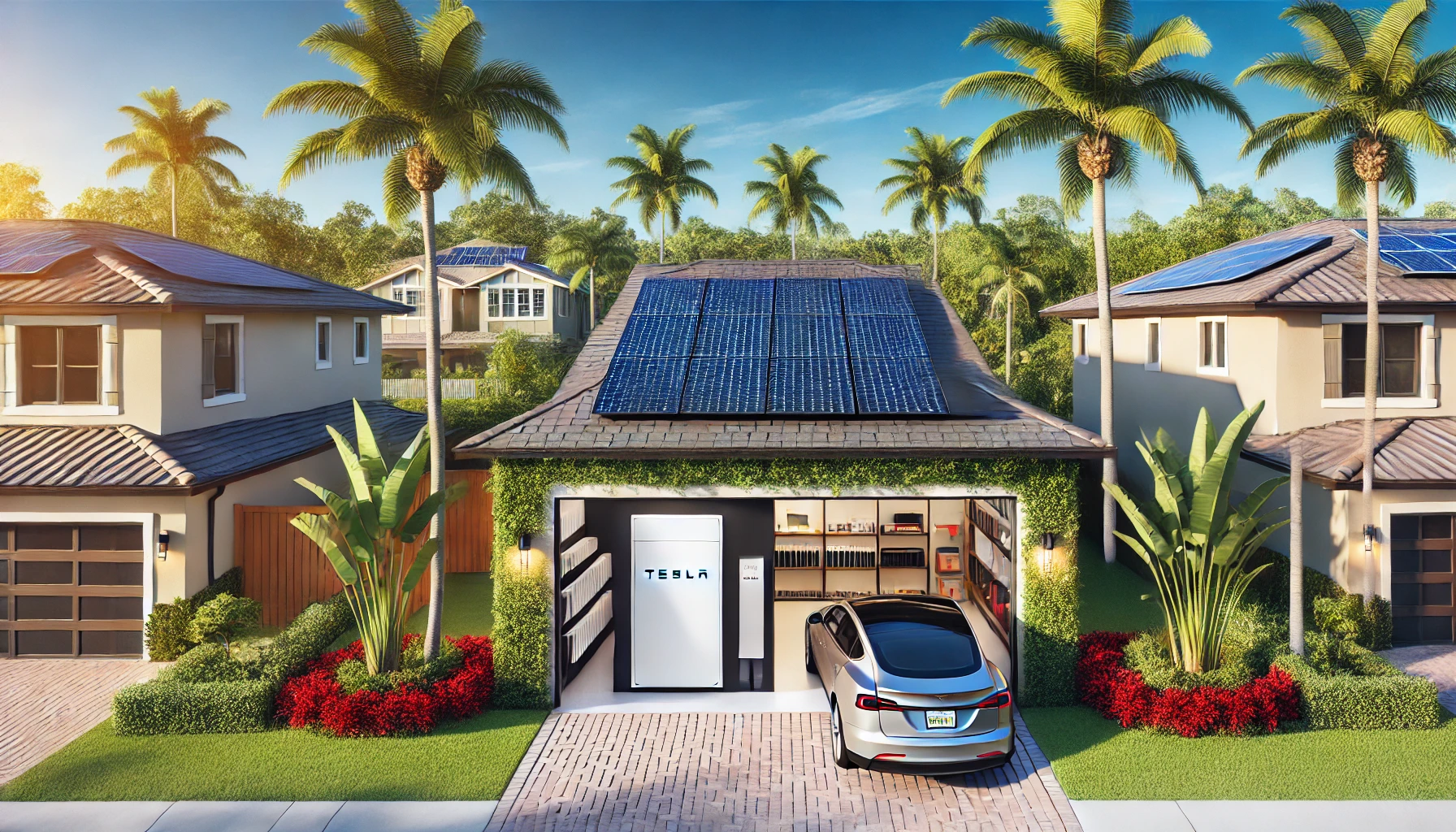Many homeowners and businesses are looking to enter the solar energy space based on the numerous advantages to investing in a clean, renewable energy source. Being environmentally friendly, reducing fossil fuel consumption, lower utility bills and even a tax credit just to name a few.
Since you’re already interested in going solar, here are some key terms used commonly throughout the industry. Understanding this lingo can help those looking to make an educated and informed decision.
Key Solar Terms
Alternative Energy – Energy generated in ways that are less harmful to the environment because they are not as dependent on finite natural resources, particularly fossil fuels such as oil, coal or natural gas. Examples are solar, wind, biomass, geothermal and hydroelectric. (See renewable energy.)
Array – Multiple solar cells make up a solar panel, and multiple panels can be wired together to form a solar array. The more panels you install, the more energy you can expect to generate, but depending on the efficiency of your panels, you may be able to make the same amount of energy with fewer panels. (See solar panel efficiency and solar cell.)
Backup Batteries (or storage)– Solar storage systems are comprised of high-capacity rechargeable batteries (or battery banks) that can store excess energy generated by a solar system for use at night or as a backup during emergency grid outages or other times when the solar system cannot generate energy in real time. Batteries suited for solar incorporate a variety of technologies, including lead acid, lithium-ion or flow batteries.
Balance of System (BOS) – All of the other physical parts that make up a solar system outside of the panels: inverters, wiring, mounting hardware, monitoring system.
“Cells” aka Solar Cell– A single light-capturing unit in a PV solar panel; solar cells are made of silicon, like semiconductors. They are constructed with a positive layer and a negative layer, which together create an electric field, just like in a battery, and are extremely thin and light.
Contractors – Construction professionals who are specially trained to install solar equipment.(See also solar installer.)
Dealer– A company that sells solar equipment to homeowners, businesses and other organizations; may sell products from one or many manufacturers and may also provide installation and maintenance services.
Efficiency – When referring to a solar cell or a solar panel, efficiency refers to the percentage of sunlight captured and converted into usable electricity. (See solar panel efficiency.)
Electrical Grid – The interconnected network of equipment that delivers electricity from suppliers to consumers. Often called “the grid,” this infrastructure is made up of generating stations that produce electrical power; high-voltage transmission lines that carry power from distant sources to demand centers; and distribution lines that connect individual customers to the system. In other words, the poles and wires that transport electricity from where it’s made to your home or business.
Ground-Mounted Solar – A solar array installed on land; used primarily for large-scale commercial and utility-scale solar projects such as power plants that generate power for thousands of homes and businesses.
Installer– An expert or company that specializes in delivering and physically installing solar equipment on buildings and homes.
Interconnection Agreement – A contract between the homeowner and the local utility allowing the homeowner to connect their solar power system to the electric grid. In some areas, this enables the homeowner to receive a credit on their electricity bill from the utility for any surplus electricity their solar power system generates. (See also net metering.)
Inverter – A solar power system generates direct current (DC) electricity, yet homes and businesses use alternating current (AC) electricity to power electronic devices. A solar inverter takes the DC electricity from the solar system and uses it to create AC electricity. Inverters are like the brains of the solar system. Along with converting DC to AC power, they also provide ground fault protection and system stats including voltage and current on AC and DC circuits and energy production.
Micro-Inverter – The introduction of micro-inverters is one of the biggest technology shifts in the photovoltaic (PV) industry. Placed on the back of each solar panel, a micro-inverter optimizes energy production for each individual solar panel, not just for an entire solar system, as central inverters do. This enables every solar panel to perform at its maximum potential. It means one under performing solar panel won’t drag down the performance of entire solar array, as opposed to central inverters that optimize for the weakest link. (See also photovoltaic.)
Module (aka solar panel) – Another name for a solar panel. (See solar panel.)
Mounting Hardware – The racking and mounting equipment used to secure solar panels to rooftops (or to trackers in ground mounted power plant installations) and to each other; often made with lightweight aluminum frames and clips capable of withstanding the elements while minimizing impact to the roof.
Net Metering – When a grid-tied solar system produces more energy than is needed, the excess power is sent to the electrical grid to be redistributed where it’s needed. This is called “back feeding” the grid. At night, the grid will provide conventionally created power for the solar customer’s use. A net meter records the energy sent compared to the energy received from the grid and credits or charges the user according to local rates and rules. Forty-four states currently offer net metering or some variation of it.
Operations and maintenance (O&M) – The ongoing operational needs of a solar system, including cleaning, repairs, replacement of parts, bill management and so on; primarily refers to larger-scale commercial and utility-scale solar systems.
Photovoltaic (PV) – PV technologies convert sunlight to electricity through a naturally occurring process in certain types of material, which are called semiconductors. When photons (energy particles) from the sun hit semiconducting materials such as silicon, electrons are knocked free from their atoms. If conductors are attached to the positive and negative sides of a solar cell, it forms an electrical circuit. When electrons flow through such a circuit, they generate electricity, powering electrical devices or sending electricity to the grid.
Renewable Energy – Energy generated from sources that naturally continually renew themselves, such as sunlight, wind, geothermal heat or tidal movement. (See also alternative energy.)
Solar Panel Efficiency – The percentage of sunlight that solar panels can convert to electricity.
Fun Fact: The first solar panel had about 6% efficiency. Solar panel efficiency matters because high-efficiency panels can generate more power in less space over time than conventional panels, so you need fewer panels to get a higher return on your investment.
System Design – The layout and orientation of a solar system, optimized for maximum energy production based on roof or land characteristics, the angle of the sun, shading, climate and aesthetic appeal.
Solar Monitoring – Specialized software used to track and manage energy generation and usage, billing, carbon offsets and more; can be accessed via a mobile device, home computer or a remote operations center.
Solar Panel (or Module) – PV solar panels are made up of many solar cells linked together to form a circuit and are mounted in a frame. PV solar panels generate DC electricity, which must then be converted to AC electricity by an inverter because the U.S. electrical grid uses AC power. (See also inverter, photovoltaic.)
Solar “Power Plant” – A large-scale, usually ground-mounted solar array built for utility or commercial use.
Do you have a solar term you’ve been wondering about that is not listed here? Send us a chat!





